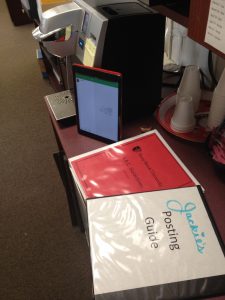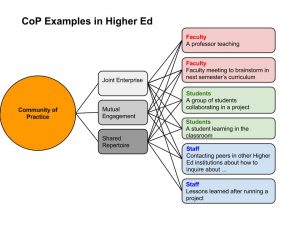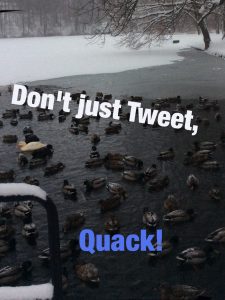Strengths
An iPad in the classroom will help students tremendously. The device is intuitive enough where students will not need to be taught how to use it. It will provide students with access to the internet, social networking, and an infinity of learning apps and tools that will enhance the classroom experience. Students will no longer need to carry a bundle of books, notebooks, pens, laptops, cameras, etc. They will be substituted by ebooks, e-pens, e-notes, etc.
Using an iPad in the classroom makes it more interactive, engaging, and embodies a culture of creativity.
Weaknesses
iPads are unable to perform some functions that desktop or laptop computers can perform. For students in certain majors this means much of their coursework couldn’t be completed using the iPad, somewhat making it a redundant device.
Studio Art and Digital Art students frequently make use of the Adobe suite.
Music and Music Technology students use DAWs like Ableton Live and Logic
Computer Science and Information Systems students especially would need a computer for the following tasks:
Running an IDE like Eclipse, IntelliJ IDEA, or Netbeans
The Java JDK and JRE
Access to the filesystem for reading, writing, and executing files
Being able to install platforms or languages like ruby, python, node.js
Counterargument
Digital art and music software is available in Staller Center SINC sites, and after hours access is provided for students enrolled in these courses (although many students do still choose to use their own computers for working at home).
If comp sci students are then the exception, it makes sense that they would be the ones that require additional computing hardware.
Opportunities
The opportunities that would be made possible with a student body that functions primarily on iPads have the ability to affect the University on a physical level. Space currently occupied by the bookstore could be repurposed and the amount of space devoted to books could be reduced. Instead, the library could focus on ebooks and resource sharing that could reach beyond the campus. More space could be designated to meetings spaces that foster an interactive learning environment. It could also have a recharging center.
Threats
With every major decision made there are bound to be some threats. Some threats that we as a team foresee associated with providing iPad Airs to all students stem from current partnerships with companies who heavily rely on paper. If these paper reliant companies do not make the choice to go more digital we could see their monetary support decreasing substantially. Assuming we can cope with the loss of our dead tree partnerships, the next hurdle we as a university must overcome would be the redesigning of existing spaces that are not equipped to handle the influx of this quantity of tech. Pushing this new tech on our current infrastructure will be detrimental since many problems arise now with less devices connected. This will cost quite a bit. Assuming redesigning goes well, we now have to worry about push back from faculty, staff, and students. The reasons for their resistance can be as numerous as the amount of students but a bit of good public relations should change most minds. With the entire student body equipped with iPad Airs the university must look at redefining academic dishonesty at include the new tech. After all is said and done if Apple ever tanks as a company we as a university are in grave danger.
These threats, although numerous and very real, do NOT outweigh the benefits of providing iPad Airs to all the students to enhance their college experience. The potential for creativity and innovation will put this university in a light to which no other learning environment has ever seen.









